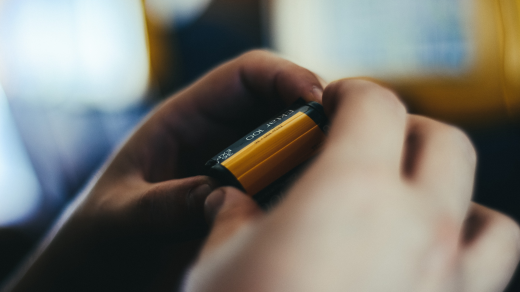Editing your photography is a process that takes time and attention to detail, which can be daunting for new photographers. However, if you are willing to put in the work, editing your photos can help you create better imagery. In this article, we share five tips for getting the most out of your post-edits!
Crop Your Images and Clean Them Up
If you’re like most photographers, you take your photos and post them to social media or your blog with little to no editing. However, if you want your photos to look their best when posted, it’s important to crop them and clean them up before putting them online.
To crop a photo, find the edges of the photo that you want to keep. You can do this by pressing the “CTRL” key and dragging around the edges of the photo until they are selected. Then, use the “crop” tool in Photoshop or another photo editor to trim off the unwanted parts of the photo.
To clean up a photo, identify any blemishes or spots that need cleaning. These could be things like dust particles on a window or spots on an actor’s face where makeup has been applied. Once you’ve found these items, use your mouse cursor to select them and then use your image editor’s “fix” tools to correct them.
Adjust White Balance
To get the most out of your photographic post-edits, it is important to adjust your white balance before and after your edits. By adjusting your white balance, you can control the overall tint of your images and improve the overall color accuracy.
To adjust your white balance, open up your photo editing program and select the photo you want to modify. Next, click on the “White Balance” tab located in the bottom left corner of the editing window. On the White Balance tab, you will see three different settings: Auto (default), Daylight, and Tungsten. Each of these settings has its unique set of benefits and drawbacks. So it is important to choose the right one for your image depending on what type of lighting you are working with.
Auto mode is a good option if you are working with natural light sources such as windows or daylight lamps. It will automatically detect the type of light source and adjust accordingly. However, the Auto mode can sometimes be a bit too inaccurate for photos that have a lot of artificial light sources (such as fluorescent lights).
Daylight mode is best for photos that were taken inside during daylight hours. It will adjust the color tone to match typical sunlight levels found indoors. However, Daylight mode can sometimes be too yellow or orange in some cases due to how sunlight reflects off of objects in our environment.
Tungsten mode is great if you are working with artificial light sources such as fluorescent lights. It will adjust the color tone to match typical tungsten light levels found in most offices and homes. However, Tungsten mode can sometimes be too blue in some cases due to how artificial light reflects off of objects.
After you have chosen the correct white balance for your photo, click on the “OK” button to apply the adjustment and exit the White Balance tab.
Adjust Exposure and Contrast
When it comes to post-editing your photos, there are a few things you can do to get the most out of them. Adjusting exposure and contrast can make a big difference in how your photos look. Both when you’re first editing them and when you revisit them later on.
First, adjust exposure. If your photo is too light or too dark, you can use Exposure Compensation to make it more accurate. Simply drag the Exposure slider up or down until the photo looks correct to you. Next, adjust the contrast. This will help create depth and vibrancy in your photo. To do this, use the Contrast slider to change the level of brightness and darkness in your photo. Keep in mind that too much contrast can make your photo too harsh or cartoon-like, so be careful!
Adjust Color Vibrancy and Saturation
Generally speaking, you can adjust color vibrancy and saturation in photo editing software. You can do this by adjusting the brightness, contrast, and color levels. However, there are a few other things to keep in mind when adjusting these two settings.
In particular, be sure to avoid over-processing your image by increasing saturation too much or decreasing brightness too much. Doing so can lead to artifacts and muddy-looking images. Additionally, if you want to add a bit of extra punch or life to your images, try adding a small amount of color correction. Reduce yellow or blue tones before applying any other adjustments.
Sharpen Images
You can do a few things to get the most out of your photographic post-edits. One is to sharpen your images. This will help to reduce any fuzzy or pixelated edges and make your photos look their best.



